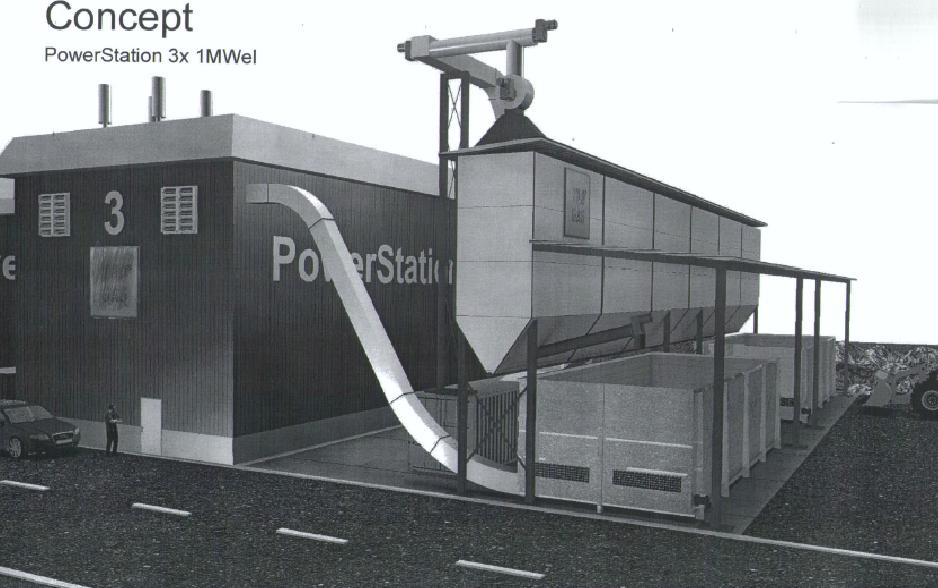Cogeneration (engl. Combined Heat and Power or CHP) is a procedure of simultaneous production of electric and useful thermal energy in a single process.
[flagallery gid = 14]
Cogeneration uses waste heat generated by the usual production of electricity in thermal power plants and is most often used to heat buildings or even entire settlements.
Thermal energy can be used to produce steam, heat water or air. It can also be used in the trigeneration process, where part of the energy is also used for cooling. Cogeneration is the thermodynamically efficient use of fuel. In conventional electricity generation, part of the energy is discharged into the environment as waste heat, and in cogeneration this heat energy becomes useful. Thus, the main advantage of cogeneration is the increased efficiency of energy compared to conventional power plants that serve only for the production of electricity and industrial systems that serve only for the production of steam or hot water for technical processes.
Cogeneration is the combined production of heat and electricity in buildings.
Cogeneration units are electric power generators that heat the gas engine
(e.g. natural gas), and a system of exchangers of produced electricity and heat.
Cogeneration was used in some of the earliest power generation devices. Prior to the emergence of energy-distributing central stations, industries produced their own energy using exhaust fumes for the heating process. Large commercial and residential buildings, hotels and shops simultaneously produced their own electricity and used waste steam for heating. Due to high public electricity prices, such cogeneration activities continued for many years after public electricity became available.

